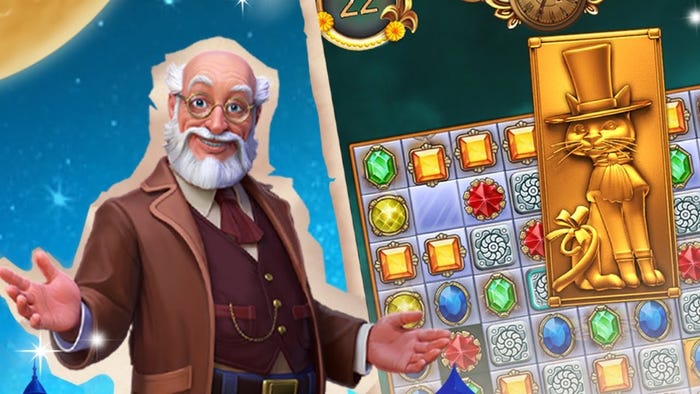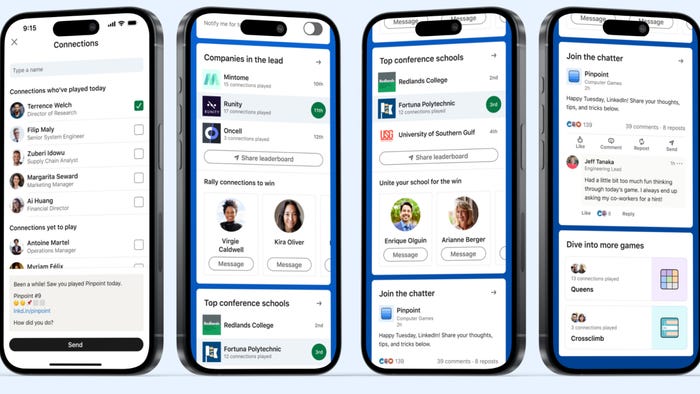Analysis: M.I.A.'s Born Free, And Violence As A Tool
Inspired by British songwriter M.I.A.'s explicit video for the song Born Free, Gamasutra senior news editor Kris Graft says violence is a powerful tool that is typically taken for granted in video games.

[Inspired by British songwriter M.I.A.'s explicit video for the song Born Free, Gamasutra senior news editor Kris Graft says violence is a powerful tool that is typically taken for granted in video games.] A small S.W.A.T.-styled tactical team, sporting riot gear and sleeve patches of the American flag, breaches an apartment building. This death squad ransacks the building room by room, at one point interrupting a naked, overweight couples' lovemaking session. They're frightened. The tactical unit wrangles up young red-haired males from the building, forces them onto a bus at gunpoint, drives them out to a desert covered with mines and makes them run across the minefield. Beatings with nightsticks precede slow-motion depictions of one young boy getting his brains blown out at point blank range, and a short time later, another boy is vaporized as he steps on a mine. The scenes are from UK artist M.I.A.'s recent video for the song Born Free. Now I'm thinking, "Why can't video games be more like this?" The images from Born Free shock the viewer, but as violent as the images are, I don't consider them gratuitous. Watching the video reminded me of the power of violent depictions and how they can make a lasting impression. But violence has become so comfortably ingrained in video games that game designers often don't leverage it as the powerful tool that it is -- it's a commodity now. Meanwhile, gamers absolutely don't expect violence to be anything but gratuitous, or for it to carry any meaning or purpose beyond shallow spectacle. The Born Free video, directed by Romain Gavras, carries messages about racism, police brutality, fascism, nationalism and even the subject of violence itself. When the video was pulled from YouTube, it became about censorship. It portrayed all of those messages in nine minutes via a non-interactive video. Imagine the ideas an interactive game can lead the player to explore over the course of several hours. Last year, perhaps the most talked-about depiction of violence in video games was the "No Russian" scene from Infinity Ward's Call of Duty: Modern Warfare 2, in which you played a double agent who mows down defenseless travelers in a Russian airport using machine guns. While rather shocking to see this in a video game -- you don't see such a realistic depiction of violence against innocents very often -- it didn't have the impact it could have had, because there was little character development leading up to that pivotal moment. The player is practically plopped into the scenario, handed a gun and told to do something heinous. The scene may have had some purpose in propelling the story, and the fact that it did come out of nowhere did illicit a short-lived "wtf am I doing?!" feeling, but it held little lasting meaning. BioShock was one game that got violence right -- the act of causing physical harm was integrated seamlessly with an overarching theme of control and enslavement. You could not have one without the other. Violence permeated the gameplay as well as the story, and the blood and gore had purpose for the lead character, the world and the story. When you find that your acts of violence weren't of your own volition, you're stunned. Team Ico's Shadow of the Colossus is another game that exploited gaming's violent tendencies to great effect. Colossus lures gamers in with a typical story about love, but what really becomes central are the "enemies" that you must kill in order to preserve that love. After you encounter the third or fourth colossus, you begin questioning your violent acts: What gives me the right to stab these beasts to death? Does my want for love outweigh the importance of the existence of these ancient creatures? No matter what your answer is, Colossus never forgets that it's a game, and you must keep killing. The whole time, you're asking yourself "Why?" There's still room in video games for gratuitous, meaningless violence. Sometimes it's just about fun. I don't need to contemplate why I step on Goomba, or deeply consider a Fatality. I don't need to weep when I see a space marine fry a zerg with a flamethrower. Violence can be about the sheer shock and the spectacle, and that's entertaining too. But it can also be more than that. Violence can serve as a vehicle for story, character development and meaning. Maybe it's time to stop taking this powerful tool for granted -- I guarantee gamers won't see it coming.
About the Author(s)
You May Also Like








